Disclosure: This article contains affiliate links. We may earn a commission from purchases at no extra cost to you, which helps our travel content.
When my physics department colleagues heard I was heading to Laos, their first question was invariably, 'Why Vientiane?' Most travelers use this laid-back capital as merely a jumping-off point for Luang Prabang or the 4000 Islands. But as someone who's spent decades studying the physical world's hidden wonders, I've learned that the most fascinating discoveries often lie just beyond the obvious. Vientiane offers precisely this opportunity – a comfortable base from which couples can launch into day adventures that combine geological fascination, cultural immersion, and the kind of scientific curiosity I've built my career around. After spending a week exploring the region last fall with my longtime friend and fellow physicist Dr. Mei Lin, I'm convinced these seven day trips from Vientiane offer the perfect balance of adventure and accessibility for couples looking to experience the authentic heart of Laos.
Nam Ngum Lake: Where Fluid Dynamics Come to Life
Just 90 minutes north of Vientiane lies Nam Ngum Lake, a massive reservoir created by Laos' first hydroelectric dam project. While most visitors come for the boat trips and floating restaurants, my physicist's eye was immediately drawn to the fascinating fluid dynamics at play where the dam's controlled release creates observable Kelvin-Helmholtz instabilities – those beautiful wave patterns that form when two fluids move past each other at different velocities.
Mei and I hired a private longtail boat (approximately 200,000 kip for a half-day) to explore the lake's emerald expanse. Our captain, Mr. Sengdao, navigated us through the maze of forested islands that were once hilltops before the valley's flooding in the 1970s. The geological transformation here is remarkable – what was once a river valley is now a 250km² lake dotted with over 100 islands.
The highlight came when we stopped at a small fishing village built entirely on stilts over the water. Here, locals have adapted to life on the lake with ingenious floating gardens where they grow vegetables using hydroponic principles that would impress any environmental engineer. We enjoyed a fresh fish lunch prepared by a family who welcomed us into their home, where I couldn't help but explain to them how the same principles of buoyancy that keep their houses afloat also apply to everything from ships to the human body in swimming pools.
For those interested in the technical aspects of hydroelectric power, the dam itself offers tours that explain how potential energy transforms into electrical energy – a perfect educational component for scientifically-minded travelers. I captured the process with my waterproof camera, which proved invaluable for documenting both the engineering marvel and the stunning natural surroundings without worry.
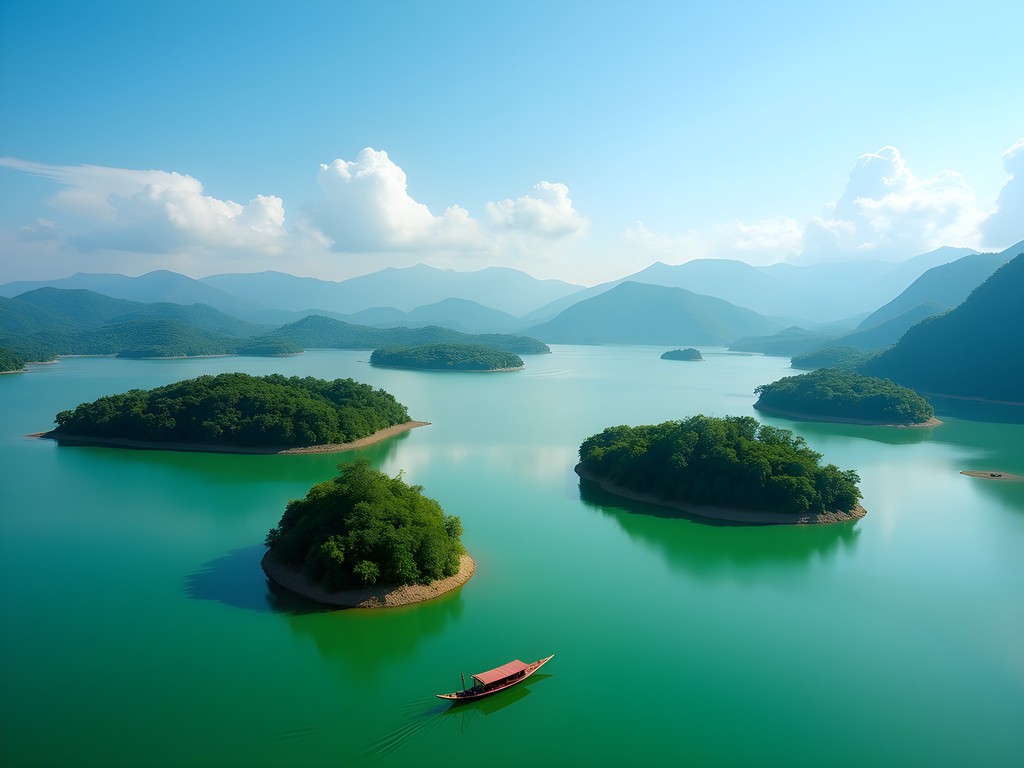
💡 Pro Tips
- Hire boats from the main pier rather than through hotels to get better rates
- Visit during weekdays to avoid local weekend crowds from Vientiane
- Pack a dry bag for electronics – afternoon rain showers are common even in the dry season
Phou Khao Khouay National Park: A Geological Classroom
As someone who's explored cave systems from Kentucky to Costa Rica, I approached Phou Khao Khouay National Park with high expectations – and it delivered spectacularly. Located about 40km northeast of Vientiane, this protected area showcases some of the most interesting geological formations in central Laos.
Mei and I arranged a guided trek through the visitor center (essential, as trails are poorly marked) and set off early to beat the heat. Our guide, Ms. Ketmany, possessed that rare combination of local knowledge and scientific understanding that makes for an exceptional educational experience. The park's name translates to 'Buffalo Horn Mountain' due to its distinctive twin peaks, formed through millions of years of differential erosion of the sandstone massif.
The highlight was undoubtedly the Tad Xay Waterfall, where the physics of fluid dynamics creates a perfect natural laboratory. The multi-tiered cascade demonstrates how water pressure, gravity, and erosion work in concert to shape landscapes over time. During our visit, I conducted a simple experiment with my field microscope to examine the sediment composition downstream from the falls, revealing the fascinating mineral content being transported by the water.
What makes this park special for couples is the combination of scientific interest and natural beauty. While I was measuring flow rates and explaining erosion patterns, other visitors were simply enjoying the spectacular scenery and refreshing natural pools. The park strikes that perfect balance between educational value and pure enjoyment – something I've always tried to achieve in my own approach to science outreach.
The biodiversity here is equally impressive, with over 1,200 plant species and wildlife including elephants, gibbons, and hornbills. Though larger mammals are elusive, the interaction between geology and biology creates fascinating microhabitats throughout the park's diverse terrain.
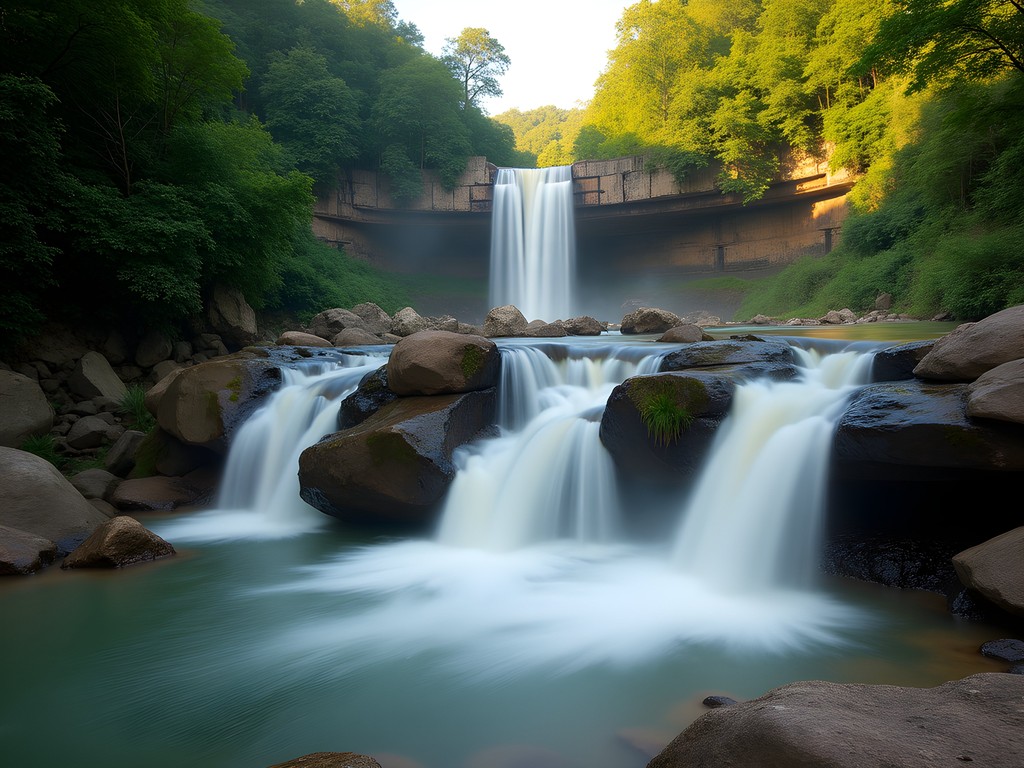
💡 Pro Tips
- Book guides at least a day in advance through your hotel or the visitor center
- Wear hiking boots with good ankle support – the terrain is uneven and can be slippery
- Bring at least 2 liters of water per person, as options for refilling are limited
Buddha Park (Xieng Khuan): Where Mythology Meets Mathematics
Just 25km southeast of Vientiane lies one of the most surreal attractions in Laos – Buddha Park, locally known as Xieng Khuan. While most visitors come for the Instagram-worthy photos of over 200 bizarre Buddhist and Hindu sculptures, I found myself captivated by the mathematical precision and sacred geometry embedded in this unusual attraction.
Created in 1958 by a spiritual leader who merged Buddhist and Hindu traditions, the park represents a fascinating intersection of religious symbolism and geometric principles. The massive reclining Buddha, stretching 40 meters long, demonstrates remarkable proportional accuracy that follows the golden ratio – that mathematical relationship approximately equal to 1.618 that appears throughout nature and classical architecture.
The centerpiece of the park is a massive pumpkin-shaped structure representing three levels of existence: hell, earth, and heaven. Visitors can enter through a demon's mouth and climb through increasingly narrow internal chambers – a journey that perfectly illustrates the concept of dimensional transcendence. As Mei and I ascended the spiral staircase, I couldn't help but point out how the structure's design creates an acoustic phenomenon where sounds from outside become increasingly muffled, creating a meditative atmosphere that enhances the spiritual experience.
What makes Buddha Park especially intriguing for couples is the blend of artistic appreciation and intellectual discovery. While one partner might be drawn to the mythological narratives depicted in the sculptures, the other might appreciate the engineering principles that allow these massive concrete structures to maintain stability despite their often precarious poses.
To fully document this unique site, I relied heavily on my wide-angle lens, which proved essential for capturing both the scale of the larger sculptures and the intricate details of the smaller ones. The park's open layout creates challenging lighting conditions, but the lens's excellent flare resistance handled the bright Laotian sun beautifully.
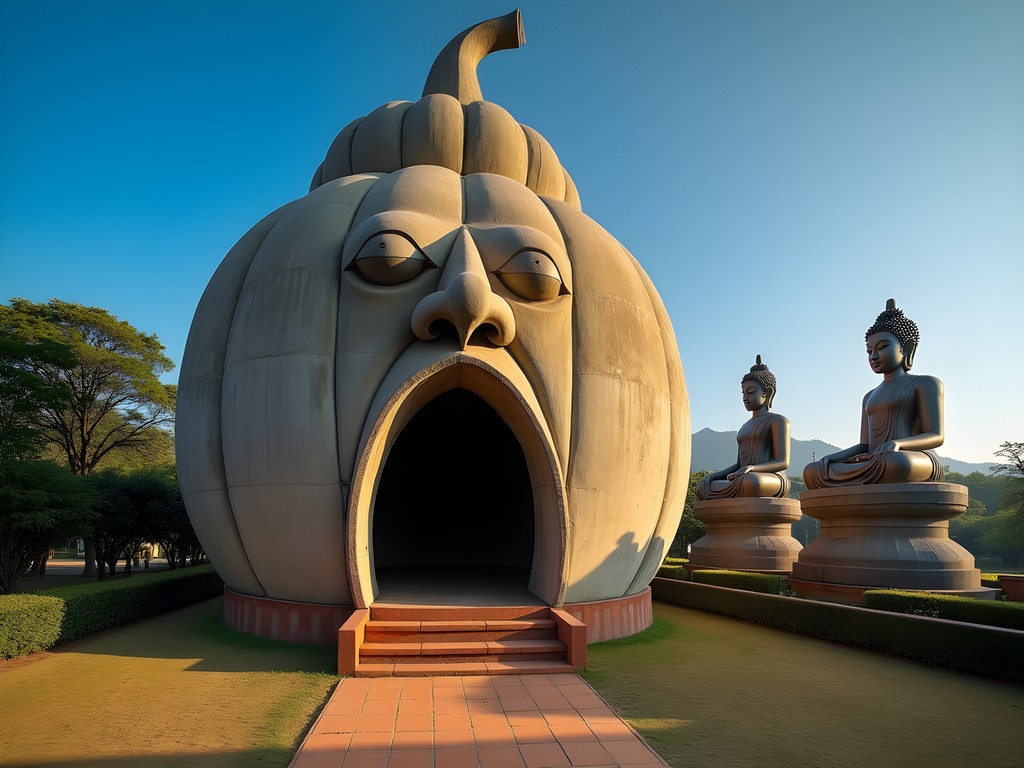
💡 Pro Tips
- Visit early morning (before 9am) or late afternoon (after 3pm) to avoid both crowds and the intense midday heat
- Wear respectful clothing that covers shoulders and knees, as this is considered a religious site
- Bring small denominations of kip for the entrance fee (15,000 kip) as change may not be available
Vang Vieng: Karst Topography and Cave Exploration
Though technically requiring an overnight stay to fully appreciate, Vang Vieng deserves mention as it's just a 3.5-hour drive from Vientiane and offers what I consider the most scientifically fascinating landscape in central Laos. Once notorious for wild tubing parties, this area has reinvented itself as an ecotourism destination that showcases some of Southeast Asia's most spectacular karst formations.
As someone who's spent decades studying cave systems, I was immediately drawn to the region's limestone topography. The dramatic karst mountains that punctuate the landscape represent textbook examples of chemical weathering, where slightly acidic rainwater has dissolved the calcium carbonate over millions of years to create these towering formations.
Mei and I focused our exploration on Tham Nam Cave (Water Cave), which features an underground river that visitors can tube through. Before entering, I gave an impromptu geology lesson to a young couple from Australia who were curious about the stalactites. I explained how these formations grow at the painfully slow rate of approximately one cubic centimeter per 100 years as water deposits minerals layer by microscopic layer – a perfect illustration of how small changes over vast time periods create dramatic results.
Inside the cave, my headlamp proved invaluable, providing hands-free illumination that allowed me to point out features like flow stone, cave pearls, and the subtle color variations in the mineral deposits that tell the chemical story of the cave's formation. While the standard rental lamps are adequate, having a high-quality personal light source significantly enhances the scientific observation potential.
What makes Vang Vieng particularly special for couples is the combination of adventure and education. While tubing through the cave, you're not just having fun – you're literally floating through millions of years of Earth's geological history, surrounded by formations that began when dinosaurs still walked the planet. For those interested in both physical adventure and intellectual stimulation, it's hard to imagine a more perfect destination.
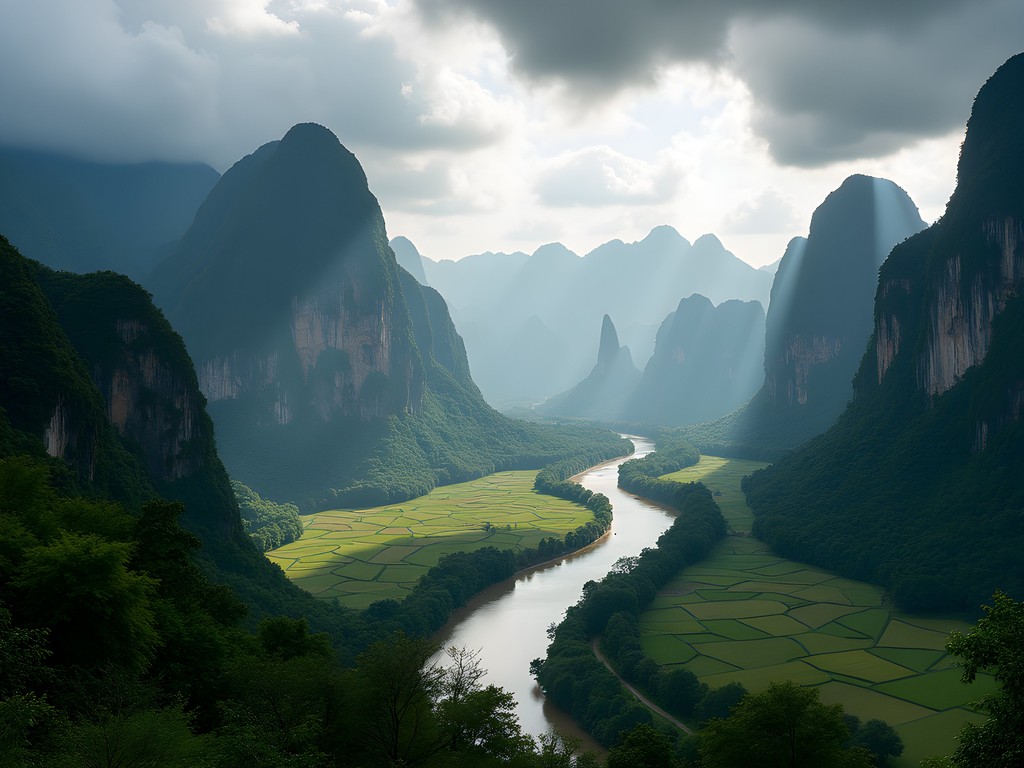

💡 Pro Tips
- Hire a private driver from Vientiane rather than taking the bus if your schedule is tight – it saves nearly an hour each way
- Book cave guides through established tour companies rather than independent operators for better safety standards
- Bring quick-dry clothing as you'll likely get wet in caves and river activities
Ban Keun Salt Fields: Chemistry in Action
Located about 50km north of Vientiane near the town of Ban Keun lies one of the region's most overlooked scientific attractions: the traditional salt fields where locals have been extracting salt from the earth for generations using methods that perfectly demonstrate principles of solution chemistry and evaporation.
Mei and I discovered this gem almost by accident while driving back from Nam Ngum Lake. What caught my attention was the systematic grid of shallow pools stretching across the landscape – a human-designed system for harvesting a natural resource that could serve as a textbook illustration of concentration gradients and evaporative crystallization.
The process begins with villagers pumping saltwater from underground brine wells – a fascinating geological phenomenon where ancient seawater remains trapped in subterranean chambers despite Laos being landlocked for millions of years. This brine is then channeled into shallow evaporation ponds where the sun does the work of concentrating the solution until salt crystals begin to form.
What makes this site special is the opportunity to observe each stage of the process. The workers were surprisingly welcoming, allowing us to examine the salt crystals at various stages of formation. I showed a group of children how to identify the perfect cubic structure of sodium chloride crystals using my pocket magnifier – a moment of scientific exchange that transcended language barriers.
For couples interested in both cultural experiences and natural processes, the salt fields offer a perfect blend. The chemistry behind salt production connects to everything from food preservation to human physiology, while the traditional methods showcase human ingenuity in working with natural processes rather than against them.
The site receives very few foreign visitors, making it an intimate experience away from tourist crowds. A small donation (20,000-50,000 kip) to the families working the fields is appreciated and often results in an impromptu tour of the entire operation. The best time to visit is early morning when workers are actively harvesting salt and the morning light creates beautiful reflections across the patchwork of pools.

💡 Pro Tips
- Visit between November and April when salt production is most active
- Wear closed shoes as the paths between pools can be muddy and sometimes sharp with salt crystals
- Bring small bills for purchasing freshly harvested salt – a perfect souvenir with both scientific and culinary value
Tad Moun & Tad Xangkeo Waterfalls: Hydrodynamics in Nature
Just 15km outside Vientiane lies a pair of waterfalls that perfectly illustrate hydrodynamic principles while offering a refreshing escape from the city heat. Tad Moun and Tad Xangkeo waterfalls, while modest in size compared to more famous cascades in northern Laos, provide an accessible natural laboratory for observing fluid dynamics in action.
Mei and I visited during the fall shoulder season, which proved ideal – the water volume was substantial enough to create impressive flows without the overwhelming torrents that make close observation difficult during the rainy season. What makes these falls particularly interesting from a physics perspective is their different structural formations, which create distinct flow patterns despite being fed by the same water source.
Tad Moun features a broad, stepped cascade where water flows over a series of limestone shelves, demonstrating laminar flow transitioning to turbulent flow as the water accelerates. Meanwhile, Tad Xangkeo presents a more concentrated column of water that plunges directly into a deep pool, creating a perfect example of potential energy converting to kinetic energy before dissipating through the splash zone.
I spent a fascinating hour measuring water velocities at different points using the simple but effective method of timing floating leaves – a demonstration that delighted a family with teenage children who were visiting from Thailand. The father, an engineering teacher, joined our impromptu physics lesson as we calculated the approximate energy dissipation occurring at each stage of the falls.
Beyond the scientific interest, these waterfalls offer couples a romantic setting with several natural pools suitable for swimming. The surrounding forest creates a microclimate noticeably cooler than Vientiane, making this an ideal retreat during hotter months. Local families often visit on weekends, but weekdays offer near-solitude.
A small restaurant near the entrance serves excellent tam mak hoong (papaya salad) and grilled fish – the perfect meal after exploring the falls. The entire area can be explored in 2-3 hours, making it an easy half-day trip from the capital.
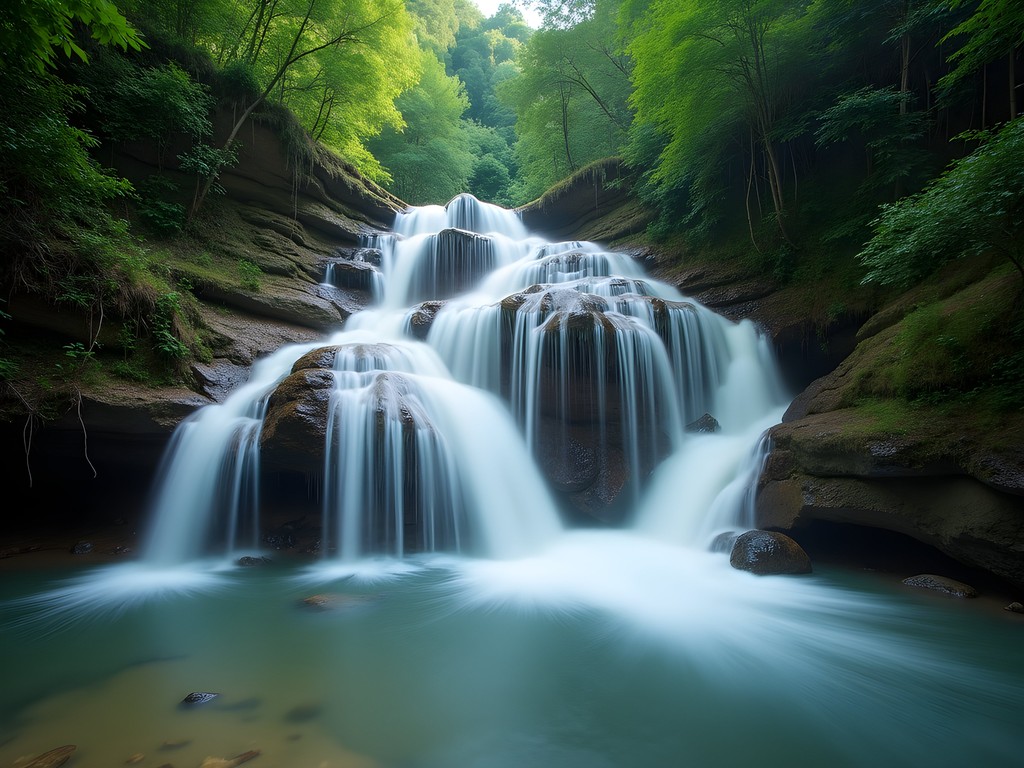
💡 Pro Tips
- Visit on weekdays to avoid local crowds
- Bring water shoes with good grip for exploring the rocks safely
- The best light for photography occurs around 2-4pm when the sun illuminates the falls at an optimal angle
Dong Natad Forest: Biodiversity and Conservation Science
For our final day trip, Mei suggested we explore Dong Natad, a protected forest area near the town of Nong Boua, approximately 18km southeast of Vientiane. This 1,760-hectare community-managed forest represents a fascinating case study in conservation biology and sustainable resource management – topics that increasingly intersect with my work in physics education as we address climate change.
What makes Dong Natad unique is its status as a sacred forest protected by local beliefs long before formal conservation efforts began. The local communities have maintained traditional practices that limit harvesting to sustainable levels while protecting core areas around a sacred lake. This cultural approach to conservation has preserved a remarkable island of biodiversity in an otherwise heavily developed agricultural region.
We arranged a guided walk through our guesthouse (essential, as independent access is restricted), and our guide, Mr. Bounmy, proved exceptionally knowledgeable about both the ecological and cultural significance of the forest. The trail system loops through different forest types, from deciduous dipterocarp sections to more densely vegetated evergreen patches near water sources.
The highlight was undoubtedly the sacred lake at the forest's heart – a permanent water source that attracts diverse wildlife and serves as the focal point for local animist beliefs. Here, I was able to collect water samples to examine later under my digital microscope, revealing a thriving microcosm of aquatic organisms that form the base of the local food web.
For couples with interest in both natural sciences and cultural understanding, Dong Natad offers a perfect blend. The forest trails are generally flat and well-maintained, making this one of the more accessible day trips physically while still providing substantial intellectual engagement. The walk can be completed in 2-3 hours, leaving time to visit the nearby weaving village where local artisans create textiles using natural dyes derived from forest plants – another fascinating intersection of traditional knowledge and natural science.
The forest is most enjoyable during early morning hours when wildlife is most active and temperatures remain cool. Binoculars are highly recommended for spotting the diverse bird life, including several hornbill species that play crucial roles in seed dispersal throughout the forest ecosystem.
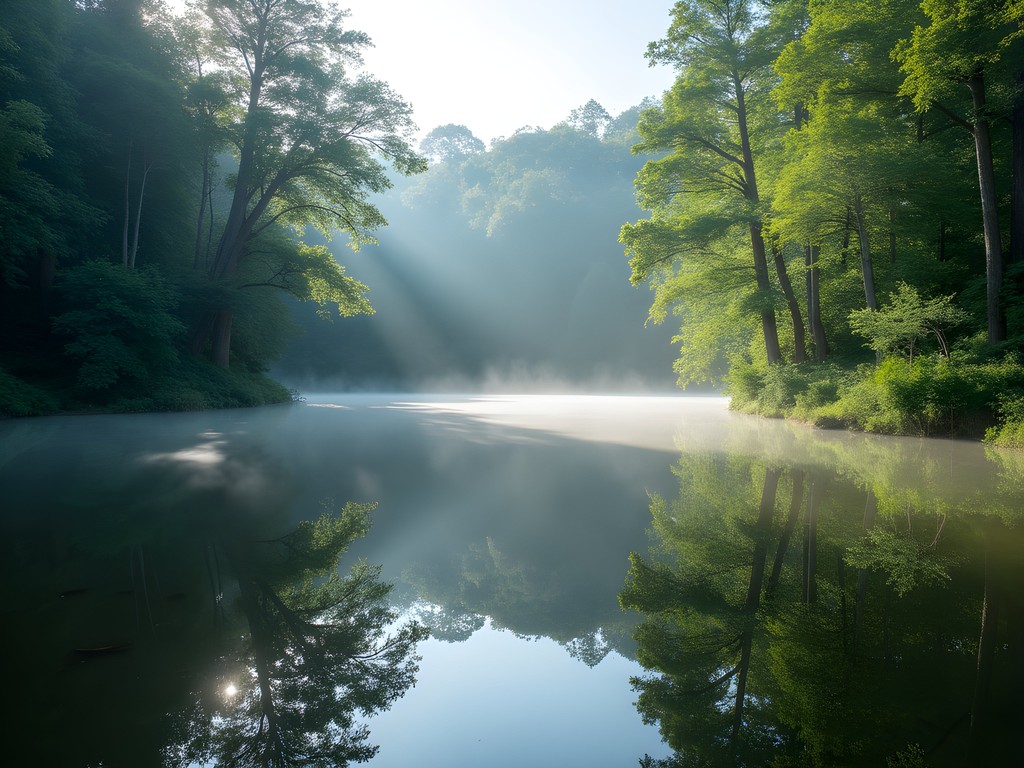
💡 Pro Tips
- Book guides at least one day in advance through guesthouses in Vientiane
- Morning visits (7-10am) offer the best wildlife viewing opportunities
- Apply natural mosquito repellent before entering the forest – chemical repellents are discouraged to protect sensitive ecosystems
Final Thoughts
Vientiane may not have the immediate allure of Luang Prabang's temples or the southern islands' dramatic waterfalls, but its strategic location makes it an ideal base for couples seeking adventures that engage both body and mind. What struck me most during our week of exploration was how these day trips offered natural laboratories for observing principles I've taught in physics classrooms for decades – from fluid dynamics at waterfalls to chemical processes in salt fields. For couples who value educational experiences alongside their adventures, these excursions provide perfect conversation starters and shared discoveries that deepen both your relationship and your understanding of our fascinating world. As you plan your own Laotian adventure, I encourage you to approach these destinations with both scientific curiosity and cultural respect – the combination that has made my own travels so rewarding throughout the years.
✨ Key Takeaways
- Vientiane offers convenient access to diverse day trips combining natural wonders and scientific interest
- Fall shoulder season provides ideal conditions with manageable weather and fewer crowds
- Hiring knowledgeable local guides significantly enhances the educational value of these experiences
- These destinations offer couples shared discoveries that combine adventure with intellectual stimulation
📋 Practical Information
Best Time to Visit
October-November (fall) or February-March (dry season)
Budget Estimate
$50-100 per day for transportation, guides and meals
Recommended Duration
7 days (1 day in Vientiane, 6 days for excursions)
Difficulty Level
Moderate (Some Hiking Required But Generally Accessible)

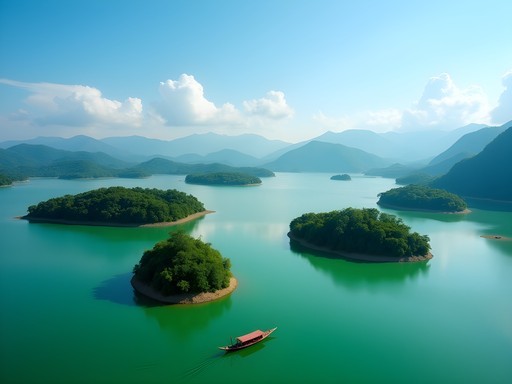
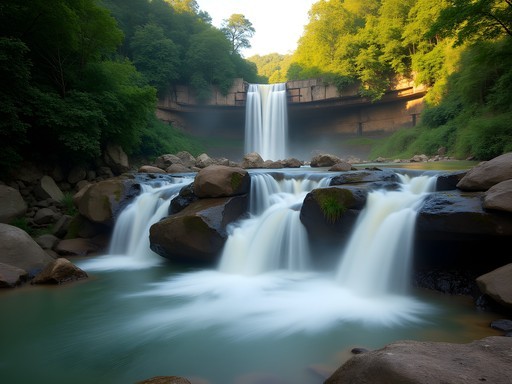
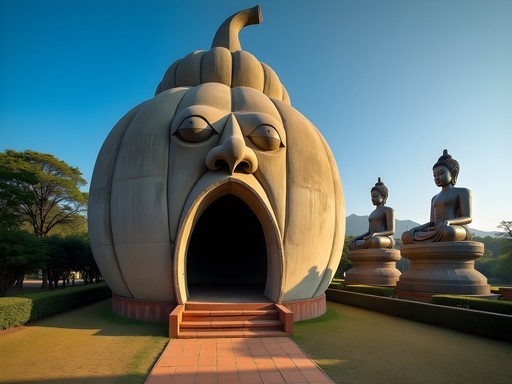
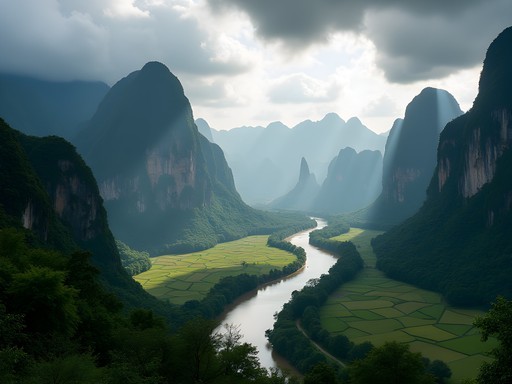
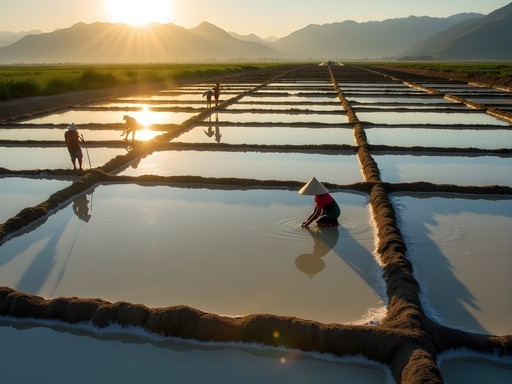
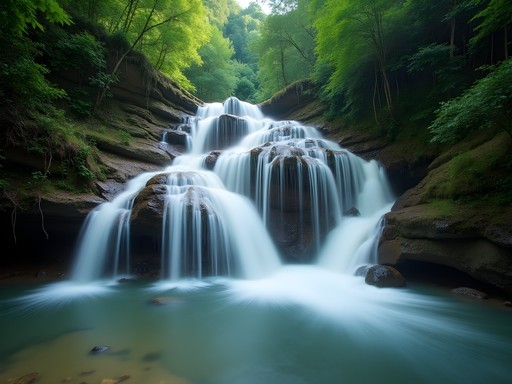


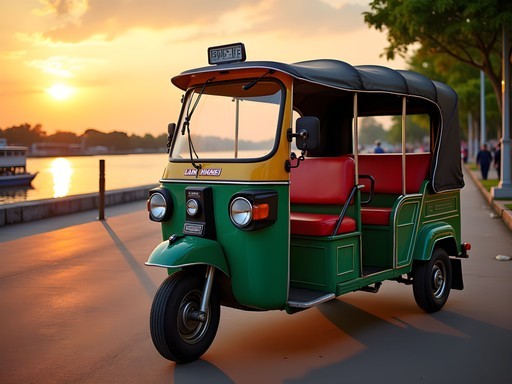
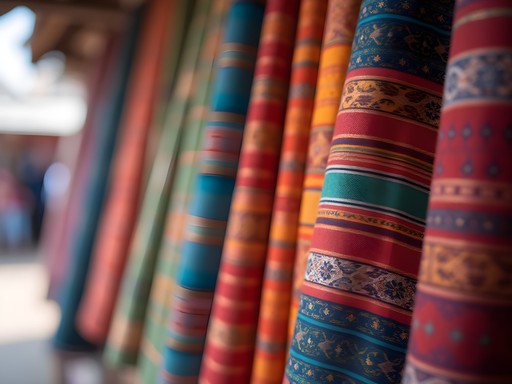






Comments
Casey Andersson
Corey, I absolutely loved your scientific approach to exploring Vientiane's surroundings! I was there last year and completely agree that Buddha Park is underrated. We hired a private driver for the day (splurge, I know) and combined it with a fantastic lunch at this riverside restaurant nearby. The juxtaposition of those concrete sculptures against the tropical landscape makes for the most surreal photos. Did you get a chance to climb inside that giant pumpkin-like structure? The view from the top is like looking out from some bizarre dream.
tripway
Casey - how much did the private driver cost? Thinking about doing the same when I visit in October!
Casey Andersson
@tripway It was about $45 USD for the whole day, which felt worth it since we visited multiple sites and didn't have to worry about bus schedules. Just ask your hotel to arrange it!
cityhero
Finally someone giving Vientiane the love it deserves! Nam Ngum Lake looks incredible in your photos!
AsianTrekker
If you're doing Nam Ngum Lake, try to go on a weekday. Weekends get super crowded with local families (which is fun too, but different vibe). The boat rental guys near the main pier will try to charge you 400,000 kip but you can negotiate down to around 250,000-300,000 for a half day.
Taylor Moreau
Excellent write-up, Corey. I visit Vientiane quarterly for business and can confirm these day trips are perfect for weekend extensions. For those considering Vang Vieng, it's evolved significantly since its wild party days. The karst landscape is spectacular, and the Blue Lagoon is worth the journey despite being busier now. One tip: the minivans to Vang Vieng can be quite cramped - if your budget allows, hiring a private car makes the 3-hour journey much more comfortable, especially if you're planning to return the same day (though I'd recommend overnight).
nomadone
Just got back from Vientiane and followed your advice on Buddha Park - what a surreal place! Those concrete sculptures are wild. We took the local bus (#14) like you suggested and it was easy and cheap. The entrance to the park's 'mouth of hell' sculpture freaked my kids out a bit but they loved climbing to the top of the dome. The riverside restaurant nearby was perfect for lunch after exploring. Didn't make it to Nam Ngum Lake though - saving that for next time!
explorehero
That mouth of hell entrance is creepy but so cool! Did you see the giant reclining Buddha?
nomadone
Yes! It was massive. Got some great photos there.
tripone
How long should I set aside for Phou Khao Khouay? Is it doable as a day trip or better overnight?
backpack_wanderer
Going to Vientiane next month for 4 days. Is it realistic to do both Vang Vieng and Buddha Park as day trips or should I pick just one?
luckymaster
Definitely pick one! Vang Vieng is 3-4 hours each way, so that's a full day with limited time there. Buddha Park is much closer (45 min) and can be combined with other Vientiane activities.
backpack_wanderer
Thanks for the advice! Will probably do Buddha Park then and save Vang Vieng for another trip.
freeclimber
Is it safe to rent a motorbike to get to Buddha Park? I've never driven one before but want to avoid the tour buses.
Taylor Moreau
I wouldn't recommend it if you've never driven one before. Vientiane traffic can be chaotic. Take a tuk-tuk instead - negotiate the price beforehand and have them wait while you explore. I used my Lao phrasebook to negotiate and it saved me quite a bit of money. The public bus (#14) is also reliable and very inexpensive.
freeclimber
Thanks for the honest advice! I'll stick with the bus or tuk-tuk then.
explorehero
Nam Ngum Lake was a highlight of my Laos trip too! The boat ride is so peaceful.
nomadone
Did you stay overnight at one of those floating bungalows? Worth it?
explorehero
Yes! Totally worth it. Waking up on the water was magical. Basic accommodations but the experience was unforgettable.
LaosLover2023
Those Buddha Park photos are incredible! Adding this to my itinerary for sure.
Venture X
Premium card with 2X miles, $300 travel credit, Priority Pass